
Rozsika Parker: An art historian championing equality through art


In the past, men’s stories filled the history books, and women’s stories often stayed in the background. Women’s stories were like quiet whispers in a room full of loud conversations. But throughout time, women never gave up. They didn’t let any of this stop them They challenged the old ways and found their own paths. They didn’t follow the usual rules, and that’s what made their stories so amazing.
These brave women stories are all about courage and sticking to what they believed in. They didn’t let challenges stop them. Instead, they turned challenges into opportunities to make things better.
Even though they faced difficulties, they showed strong determination and left their special marks that we still remember today.
One remarkable woman who did just that was Rozsika Parker. She lived in England and became famous for studying art and how we understand it. She started her journey in Budapest and later went to England. Her love for art and her smart thinking made her stand out.
Rozsika Parker worked together with her friend Griselda Pollock to create something special. They wrote a book called “Old Mistresses: Women, Art and Ideology.” This book was like a light in a world where women’s stories were often kept hidden. It shook up the old ways of thinking about art. Their ideas showed that women’s way of seeing things was important and unique. They called it the “feminine gaze.”
As we read on, we’ll learn more about Rozsika Parker’s life and the lessons she teaches us. Her story is like a guide for anyone who wants to make a difference. She reminds us that we don’t have to stay in the shadows; we can step into the light and make the world a more colorful and inclusive place.
Rozsika Parker’s Early Years: A Journey from Hungary to Art History
Rozsika Parker was born on February 10, 1945. She grew up in Budapest, Hungary. When she was a child, Hungary had difficult times because of a big war and the influence of Soviet Union. These things made Rozsika see the world in a special way.
When Rozsika was young, she liked drawing and making art. She liked to learn stories that art could tell. In 1956, due to the Hungarian Revolution Rozsika’s family decided to move to England for safety. This was a big change for her.
In England, Rozsika went to a special school called the Courtauld Institute of Art in London. There, she learned even more about art history. This helped her become really good at understanding art.
Rozsika Parker’s early life had challenges, but she was strong. She loved art a lot and wanted to know more about it. The things she learned and the things she went through when she was young helped her become a famous art historian later on.
Rozsika Parker’s path to becoming an art historian
As Rozsika Parker grew up in England, her love for art continued to grow. She liked looking at artworks and thinking about what stories they told. She wondered about the people who made those artworks and the time they were created. She learned about different artists, styles, and times in history when art was made. This made her really good at understanding how art changes over time.
After studying a lot and working hard, Rozsika became an expert in art history. She knew a whole lot about art and could talk about it with others. She also started to write about art. She wrote books and articles that helped people understand art better.
Rozsika wanted everyone to enjoy and understand art, not just experts. She talked about art in a way that was easy to understand. She wanted people to feel like art was something they could enjoy and learn from.
Rozsika also used art to talk about important ideas, like how people see themselves and others. She thought about how art can show things that words alone can’t say. This made her work even more special and meaningful.
Rozsika Parker’s journey from loving art as a child to becoming a respected art historian was a path filled with curiosity, learning, and a passion to make art understandable and meaningful to everyone.
Revolutionizing Art: Rozsika Parker’s famous work
Rozsika Parker’s significant contributions to the world of art history include several renowned works that have left a lasting impact. One of her notable works is “The Subversive Stitch: Embroidery and the Making of the Feminine.”
In this groundbreaking book, Parker explored the historical significance of embroidery and how it intersected with notions of femininity, creativity, and gender roles. She examined how the art of embroidery, often seen as a traditional and domestic craft, was used by women to express themselves, challenge norms, and assert their identities.
Another important work by Rozsika Parker is “Framing Feminism: Art and the Women’s Movement 1970-85.”
This book delved into the relationship between art and the feminist movement, showcasing how artists during this period used their creations to address gender issues, challenge societal norms, and contribute to the feminist cause. Parker’s insightful analysis highlighted the powerful role that art played in shaping and reflecting the feminist movement’s ideals.
Central to Rozsika Parker’s body of work is the concept of the “feminist gaze.” This idea challenges the traditional male perspective that has historically dominated art and its interpretation. The feminist gaze invites viewers to see art through a lens that considers women’s experiences, perspectives, and voices. Parker advocated for the importance of this alternative viewpoint, asserting that it enriches our understanding of art by revealing hidden narratives and offering fresh interpretations.
Rozsika Parker’s works not only expanded our understanding of art history but also played a pivotal role in fostering discussions about gender, equality, and the representation of women in art. Her exploration of the feminist gaze has contributed to a more inclusive and diverse interpretation of artistic creations, encouraging us to see art as a dynamic reflection of society’s evolution.
Weaving Equality and Art: The Legacy of Rozsika Parker in art history
As Rozsika Parker became an expert in art history, she used her knowledge to write many books and articles. These writings helped people understand art better. She wrote about different artists, their lives, and the stories behind their artworks. Her words made art come to life for many readers.
One important thing about Rozsika’s work was that she didn’t just talk about art in a normal way. She had unique ideas. She talked about how art is connected to our feelings and thoughts. She also wrote about the role of women in art, which was something not many people talked about before. Her ideas were fresh and different, and they made people think in new ways.
Taught and shared her ideas
Rozsika didn’t only write books. She also taught at universities and gave talks to groups of people. She wanted to share her ideas and knowledge directly. She helped students learn about art history, and she showed them that art is not just about pretty pictures, but also about ideas and stories.
Promoting equality through her work
One big thing Rozsika cared about was equality. She believed that art should include the stories and perspectives of all kinds of people, not just a few. She used art to talk about how people from different backgrounds see the world. Her work was like a bridge that connected art, history, and equality.
Rozsika Parker’s work made a big impact on the world of art history. Her writings and ideas opened up new ways of thinking about art. She made art more accessible and showed that it can be a tool for understanding important things in life. Her legacy continues to inspire art lovers, historians, and thinkers to this day.
As we conclude this journey through Rozsika Parker’s impactful life, her contributions to art history shine brightly. She helped us see art in new ways, showing how it can tell stories about different people and ideas. Her focus on the “feminist gaze” taught us to look closely at art and find hidden stories.
Remember, even small things can create big changes, just like Rozsika’s work. Looking back on her journey, we’re reminded that art is more than just pictures – it’s a way to understand and make the world better.
If you’re curious to explore further into art history or discover remarkable women from the past who made their mark in the art world, check out the “Art History” section of the Arts to Hearts Project. Here, we celebrate the achievements of women who left lasting legacies in the art world, shaping its course in unique ways.
In addition to this, the Arts to Hearts Project has introduced an Art Inventory service. If you’re an artist and interested in managing your artworks more effectively, you can read our blog titled “How to inventory your artwork: 5 tips that can help manage your sales“
Want to gain valuable insights into your artwork’s whereabouts and sales, and make informed decisions to maximize your earnings?
For artists like you, keeping track of your artwork can be tough. You need to know where each piece is – in your studio, at a show, or sold to a buyer. Our Inventory Management Master Sheet helps you do this easily. It puts all the info in one place, so you can relax and focus on creating. Say goodbye to art management worries with our simple solution made just for you.









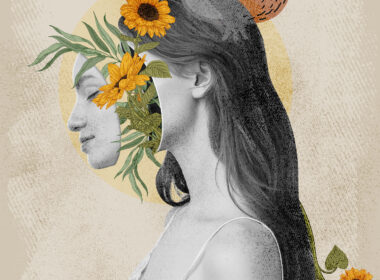
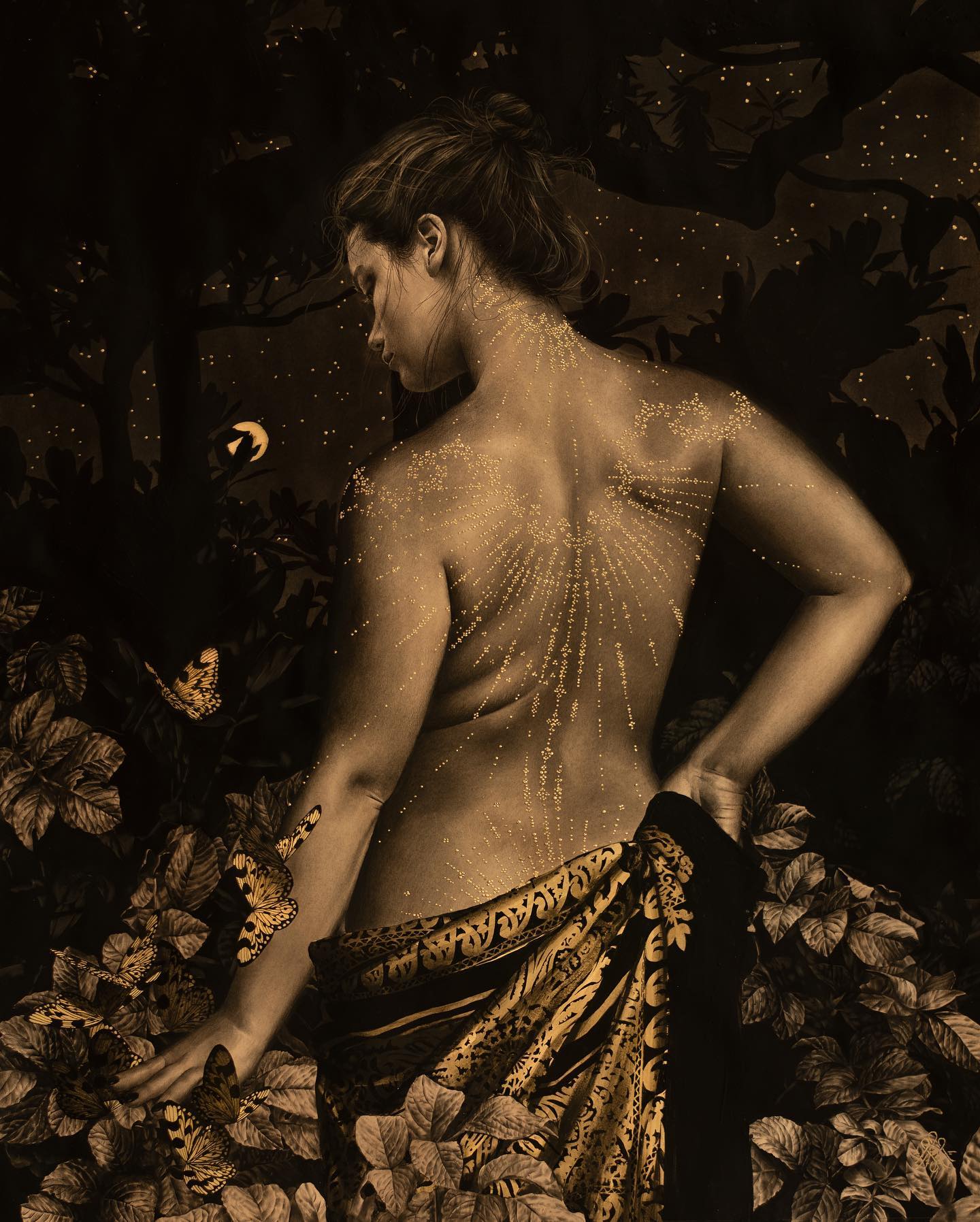

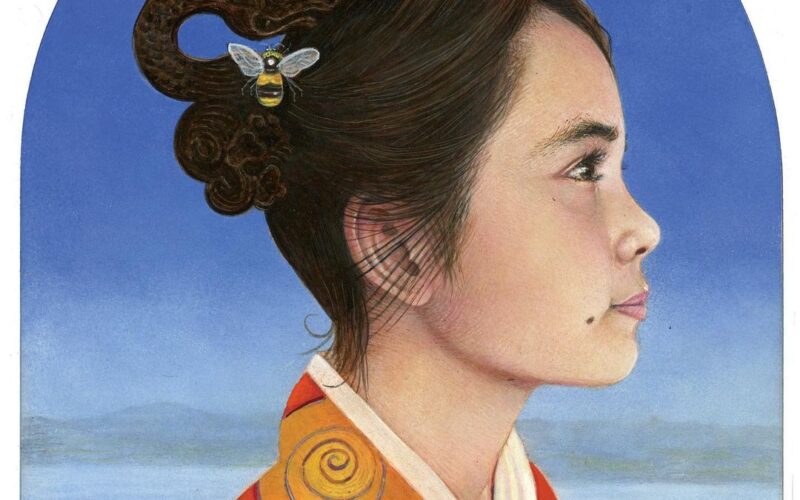
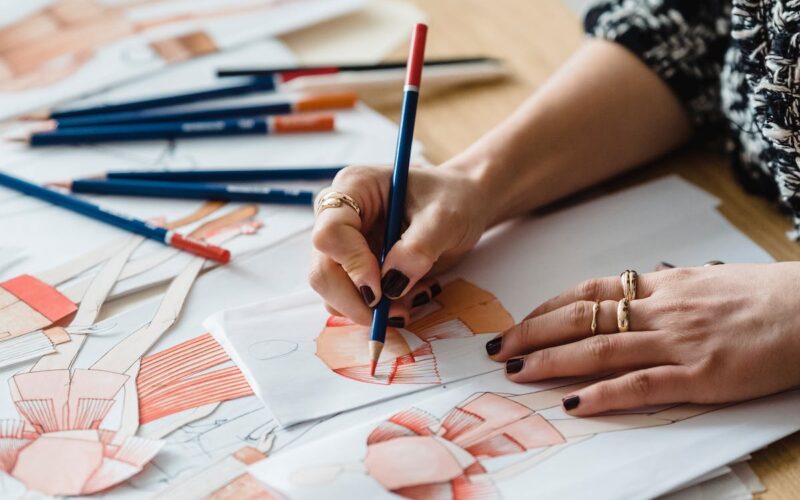

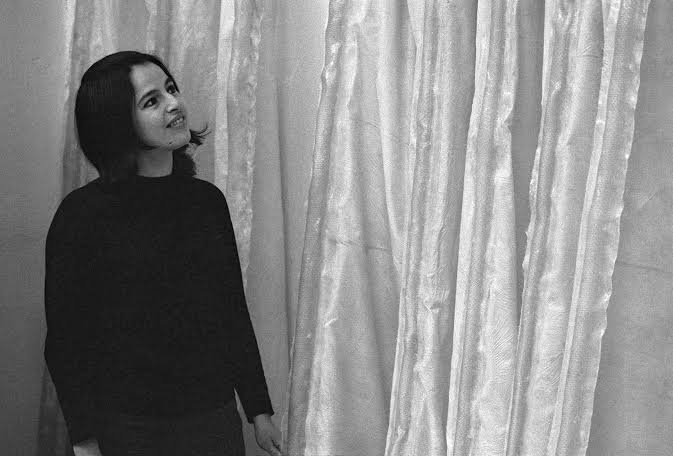
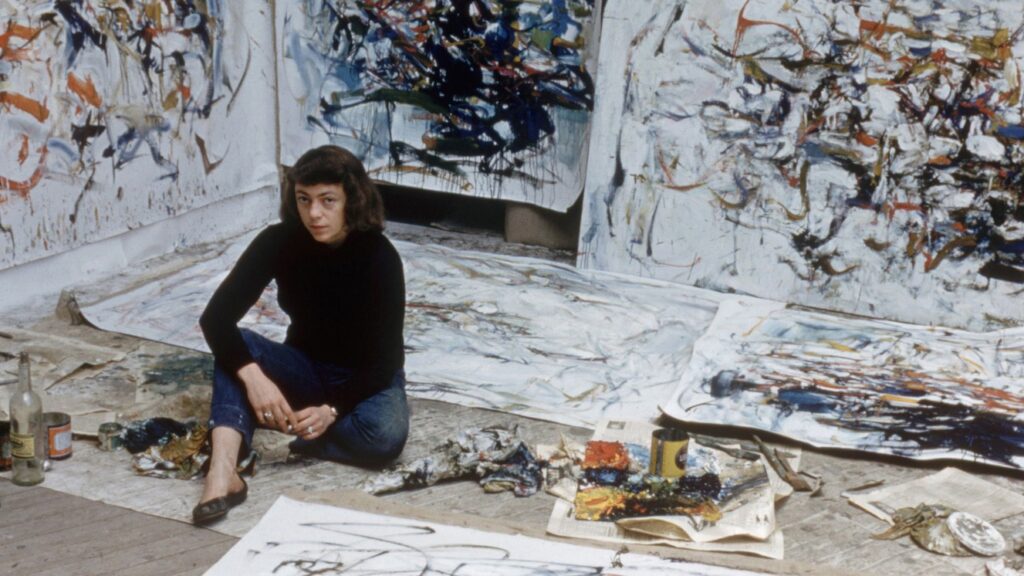

Comments 12